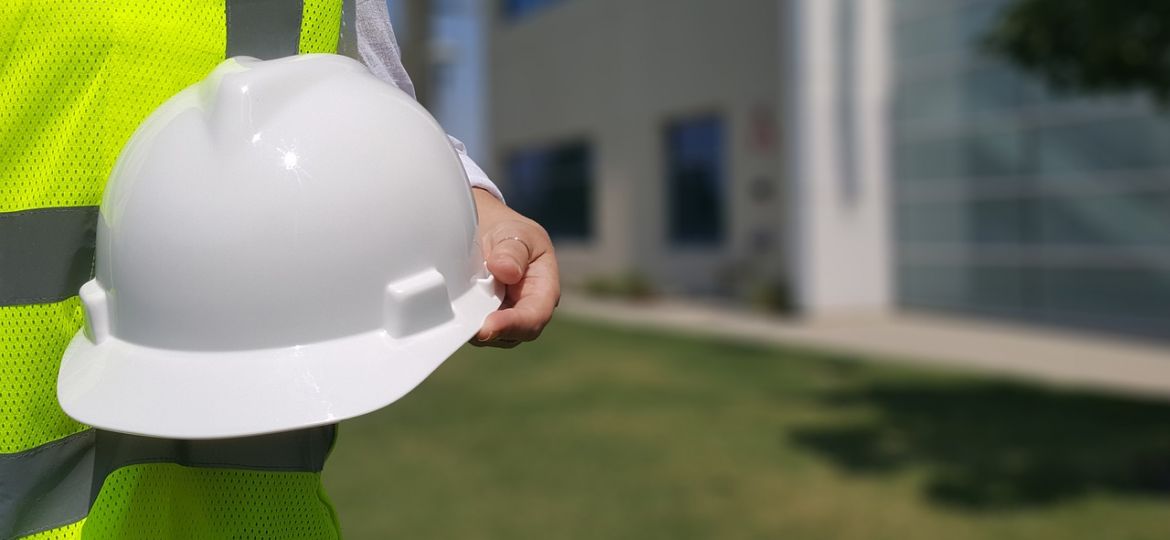
Health & Safety in Construction
The construction industry has been around for centuries, and over time it has faced numerous challenges regarding health and safety (H&S) standards. Accidents and injuries were far too common in the past due to the lack of regulations and understanding about the risks involved in construction work. However, things have changed significantly over time, and the industry has evolved in terms of H&S regulations.
The Health and Safety at Work Act (1974) was a turning point for H&S in the UK, including in the construction industry. It established the legal duty of employers to ensure the health, safety, and welfare of their employees at work, as well as others who may be affected by their activities. The act made it compulsory for all employers to take appropriate measures to ensure the health and safety of their employees.
Before the Health and Safety at Work Act, there were few regulations in place to protect construction workers. It was not uncommon for construction workers to work in hazardous conditions, and accidents were frequent. The act made it mandatory for employers to take appropriate measures to ensure the safety of their employees.
Despite this, accidents and injuries were still commonplace in the construction industry. This was due to the fact that the construction industry is complex and involves multiple parties, each with different roles and responsibilities. The lack of communication and coordination between these parties led to accidents and injuries.
To address this issue, the Construction (Design and Management) Regulations (CDM) were introduced in 1994. The regulations established a framework for managing H&S during the design and construction phases of a project. CDM was designed to ensure that risks were identified, managed, and communicated between all parties involved in a project. It also established the role of the principal designer and principal contractor, who are responsible for ensuring that H&S is managed throughout the project’s lifecycle.
The introduction of CDM marked a significant shift in the approach to H&S in the construction industry. It provided a clear framework for managing risks and ensuring that H&S was given due consideration throughout the project lifecycle. The regulations were updated in 2007, and again in 2015, to further improve their effectiveness and reduce bureaucracy.
The 2015 update simplified and clarified the requirements, placing greater emphasis on communication, cooperation, and coordination between all parties involved in a project. The update also removed the CDM coordinator role, replacing it with the principal designer and principal contractor roles. The update aimed to reduce bureaucracy and ensure that H&S remained a priority throughout the project lifecycle.
The role of the principal designer is to plan, manage, monitor, and coordinate H&S in the pre-construction phase of a project. They must ensure that the design process takes into account the H&S of those who will construct, use, and maintain the structure. The role of the principal contractor is to plan, manage, monitor, and coordinate H&S during the construction phase of the project. They must ensure that the construction work is carried out without risks to health and safety.
CDM has been successful in improving H&S standards in the construction industry. However, accidents and injuries still occur in the industry, and it remains one of the most dangerous sectors to work in. The Health and Safety Executive reported 40 fatal injuries to workers in the construction sector and 65,000 self-reported non-fatal injuries in 2019/2020. This highlights the need for continued improvement in safety standards.
Effective communication, cooperation, and education are essential to ensuring that everyone involved in a project understands their responsibilities and works together to create a safe working environment. Employers have a duty to ensure a safe working environment, but workers also have a responsibility to take care of their own safety and the safety of those around them.
Construction workers face numerous hazards and risks while working, such as working at height, manual handling, and exposure to hazardous substances. Employers must ensure that workers are trained and equipped with the necessary safety equipment to mitigate these risks. Workers must also be aware of their rights and responsibilities under H&S regulations and take appropriate measures to protect themselves and others.
In recent years, technology has played an increasingly important role in improving H&S in the construction industry. Digital tools such as Building Information Modelling (BIM) and Virtual Reality (VR) have been used to identify potential hazards and risks, and to simulate construction activities in a safe and controlled environment.
BIM allows construction teams to create a virtual model of the structure before construction begins, enabling them to identify potential hazards and conflicts between different trades. This helps to reduce the risk of accidents and injuries during the construction phase. VR allows workers to experience construction activities in a simulated environment, enabling them to identify potential hazards and practice safety procedures.
In conclusion, the history of H&S in the construction industry is a story of progress and improvement. The introduction of the Health and Safety at Work Act (1974) and the Construction (Design and Management) Regulations (CDM) marked significant milestones in improving safety standards in the industry. However, accidents and injuries still occur, highlighting the need for continued improvement in safety standards.
Effective communication, cooperation, and education are essential to ensuring that everyone involved in a project understands their responsibilities and works together to create a safe working environment. Employers have a duty to ensure a safe working environment, but workers also have a responsibility to take care of their own safety and the safety of those around them.
Technology, such as BIM and VR, has played an increasingly important role in improving H&S in the construction industry.
As the industry continues to evolve and adopt new technologies, it is essential to remain vigilant and prioritize H&S to ensure that construction work is carried out safely and without risk to workers’ health and wellbeing.
By working together and taking proactive measures to address hazards and risks, we can create a safer and healthier working environment for everyone in the construction industry.



